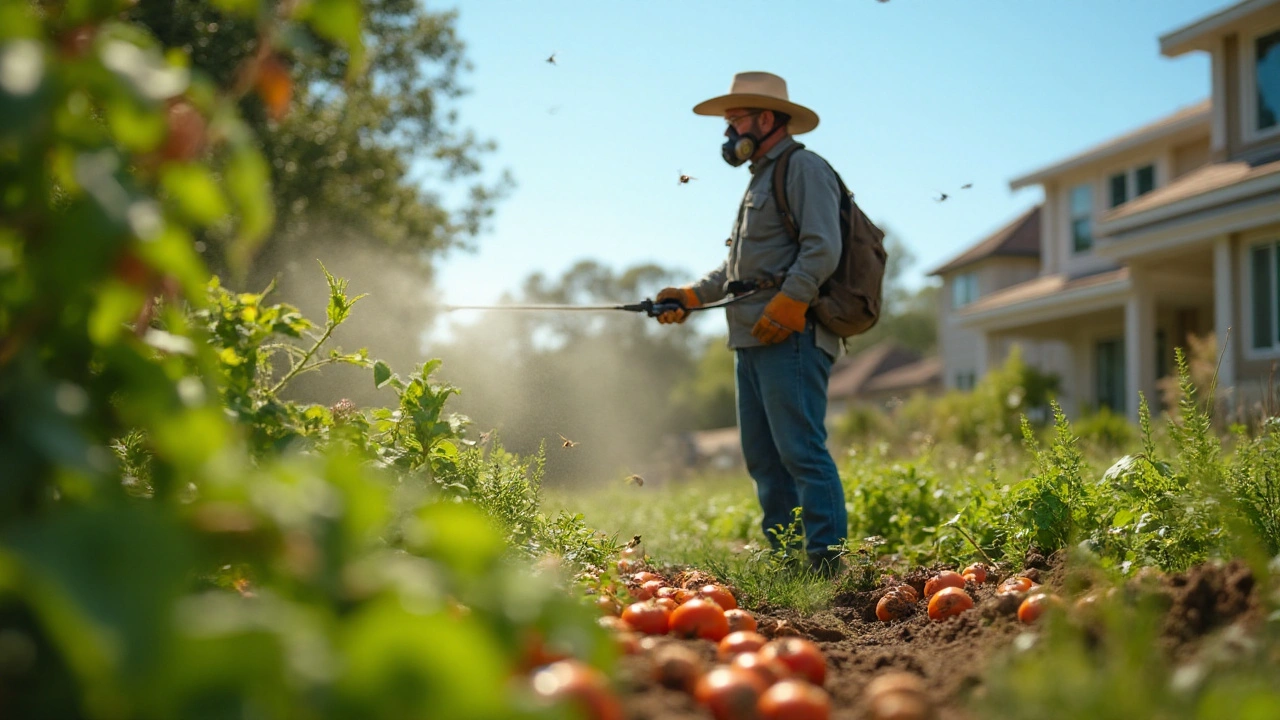Bee Safety: Practical Tips to Protect Yourself and Pollinators
Bees are amazing for our food, but a sting can ruin a day. Knowing how to stay safe around them doesn’t mean you have to fear every buzz. Below are easy steps anyone can use to avoid stings and help keep bee populations healthy.
How to Avoid Stings
First, stay calm. Swatting at a bee usually makes it more aggressive. If you see one, move slowly away and give it space. Wear light-colored clothing and avoid strong scents like perfumes or citrus, which can attract bees. When you’re outdoors, keep food covered; sugary drinks and snacks are bee magnets.
If a bee lands on you, don’t panic. Gently brush it off with a piece of paper or your hand—don’t slap it. Most stings happen when someone tries to squash a bee. For those who are allergic, carry an epinephrine auto‑injector and let friends know how to use it.
When gardening, choose plants that attract bees but keep the flowers low to the ground. This makes it easier to see bees before you step near them. Also, keep your trash cans sealed; rotting food draws stinging insects.
Supporting Healthy Bees
Keeping bees safe is a two‑way street. Planting a few native flowers gives them food without drawing them into your patio. Herbs like lavender, rosemary, and thyme are good choices and smell great to humans too.
Avoid pesticides whenever possible. Even “bee‑safe” chemicals can hurt the little guys if overused. If you must treat pests, do it at night when bees are less active and follow the label instructions carefully.
Give bees a place to rest. A simple wooden block with drilled holes or a shallow dish of water with pebbles provides a safe spot for thirsty pollinators. Just change the water regularly to prevent mosquito breeding.
Finally, spread the word. The more people know how to behave around bees, the fewer accidental stings we’ll see. Share these tips with friends, family, and coworkers. A community that respects and protects bees helps everyone enjoy the benefits they bring.
Use the bee safety tag on this site to find more detailed guides—whether you need advice on treating a sting, learning about bee‑friendly gardening, or understanding the role of bees in the ecosystem. Each article is written in plain language, so you can get the facts fast and apply them right away.
Stay curious, stay safe, and let the buzz be a sign of a healthy environment, not a warning sign.
- July 30 2025
- 12 Comments
- Daryl Gardner
Permethrin for Gardeners: How to Keep Plants Pest‑Free Safely
Learn how gardeners can use Permethrin effectively, apply it safely, avoid harming beneficial insects, and integrate it into an IPM plan for pest‑free plants.
- Health & Medicine (103)
- Health & Nutrition (8)
- Caregiving & Dementia (2)
- Health & Wellness (2)
- Environment & Climate (1)
Categories
- December 2025 (24)
- November 2025 (22)
- October 2025 (27)
- September 2025 (38)
- August 2025 (5)
- July 2025 (4)
Archives
- side effects
- medication side effects
- generic drugs
- dosage
- online pharmacy
- gut health
- generic substitution
- safety and side effects
- natural antioxidant
- coping strategies
- hypertension
- immunosuppressants
- mental health
- medication adherence
- drug safety
- NTI drugs
- narrow therapeutic index
- combination therapy
- black box warning
- autoimmune disease
